If you know a thing or two about Europe’s long-distance trekking routes, there’s a pretty good chance you’ve heard of the famous Coast to Coast Walk. This iconic route was devised by the most famous British fellwalker – Alfred Wainwright – and takes trekkers through three of the UK’s most wonderful national parks along the way.
While hiking along this scenic path is certainly an unforgettable experience, it’s still something that shouldn’t be taken lightly. If you’ve decided to walk the Coast to Coast route, you will need to know how to prepare, what to take, and where to stay. This short but informative guide should give you some idea of what you can expect if you embark on this world-famous trail.
What is the Coast to Coast Walk Like?
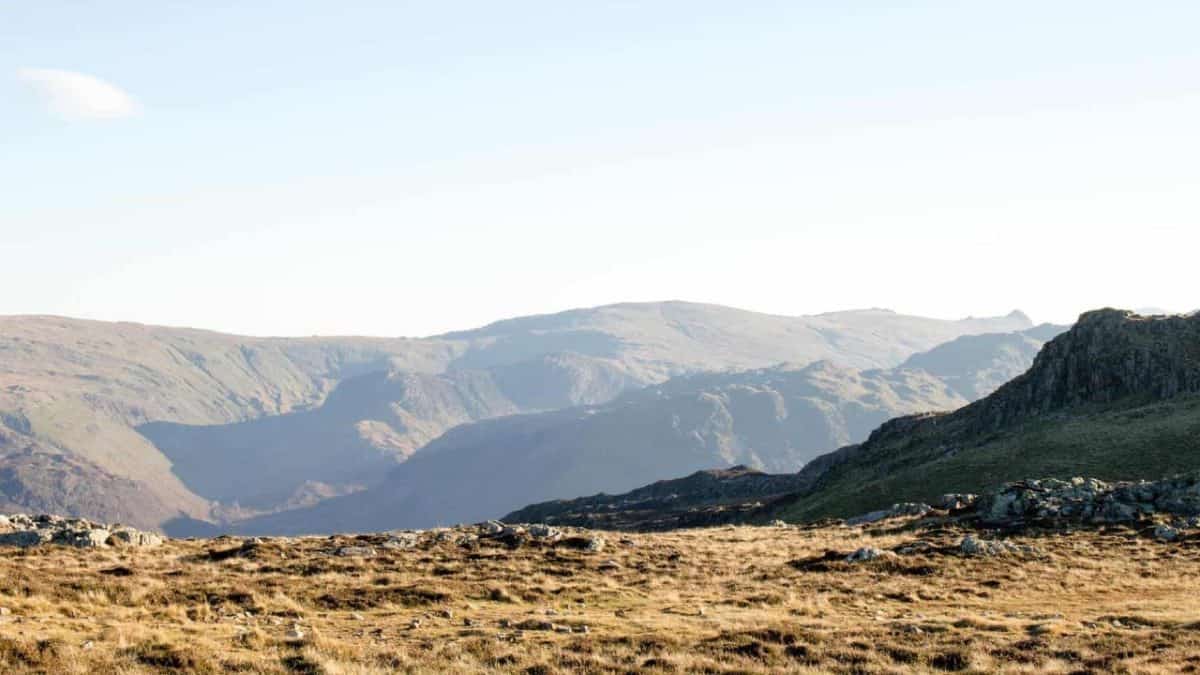
As it was created by a famous fellwalker, this route is quite popular and famous. However, that doesn’t mean that it’s easy – it is close to 200 miles long and has its fair share of difficult sections. Once we combine this with the unpredictable English weather, we get a journey that shouldn’t be taken by those who aren’t serious about hiking.
Still, when compared to many other trekking routes in the United Kingdom, the Coast to Coast Walk is quite approachable. Any reasonably fit trekker can complete this route with proper preparation. We should also mention that the trail never ventures too far from civilization, which translates to easy logistics and lots of shortcut opportunities.
Planning an Itinerary

Unless you’d like to camp on the Coast to Coast route, you will have to plan an itinerary in advance as well as to find and book accommodation. Keep in mind that this trail passes through numerous small villages, which means that the accommodation is limited and usually booked very, very early on.
While the route can be walked throughout the year, deciding to embark on it in the winter means trekking in poor conditions, which then translates to difficult navigation and bleak sights. Therefore, the best period to walk the Coast to Coast route is between the months of May and October.
Will you be walking the route west to east or east to west? In our opinion, the former option is a better choice – not only will you be following in Wainwright’s footsteps, but you’ll also be tackling the most difficult sections with fresh legs. Furthermore, you won’t have as much trouble with the wind as you’d have while walking in the opposite direction. You are also more likely to make friends with other trekkers in this way since the west to east direction is far more popular.
There are a few different itineraries possible, with the most popular one being a 14-day itinerary (a 2-week journey). A typical schedule of this type looks something like this:
- Day 1 (14 miles): Irish Sea Side – St Bees to Ennerdale
- Day 2 (15 miles): Lake District – Ennerdale to Borrowdale
- Day 3 (9 miles): Lake District – Borrowdale to Grasmere
- Day 4 (9 miles): Lake District – Grasmere to Patterdale
- Day 5 (16 miles): Lake District – Patterdale to Shap
- Day 6 (20 miles): Border – Shap to Kirkby Stephen
- Day 7 (13 miles): Yorkshire Dales – Kirkby Stephen to Keld
- Day 8 (11 miles): Yorkshire Dales – Keld to Reeth
- Day 9 (10 miles): Yorkshire Dales – Reeth to Richmond
- Day 10 (23 miles): Border – Richmond to Ingleby Cross
- Day 11 (12 miles): North York Moors – Ingleby Cross to Clay Bank Top
- Day 12 (10 miles): North York Moors – Clay Bank Top to Blakey
- Day 13 (13 miles): North York Moors – Blakey to Grosmont
- Day 14 (15 miles): North Sea Side – Grosmont to Robin Hood’s Bay
Getting To/From the Route
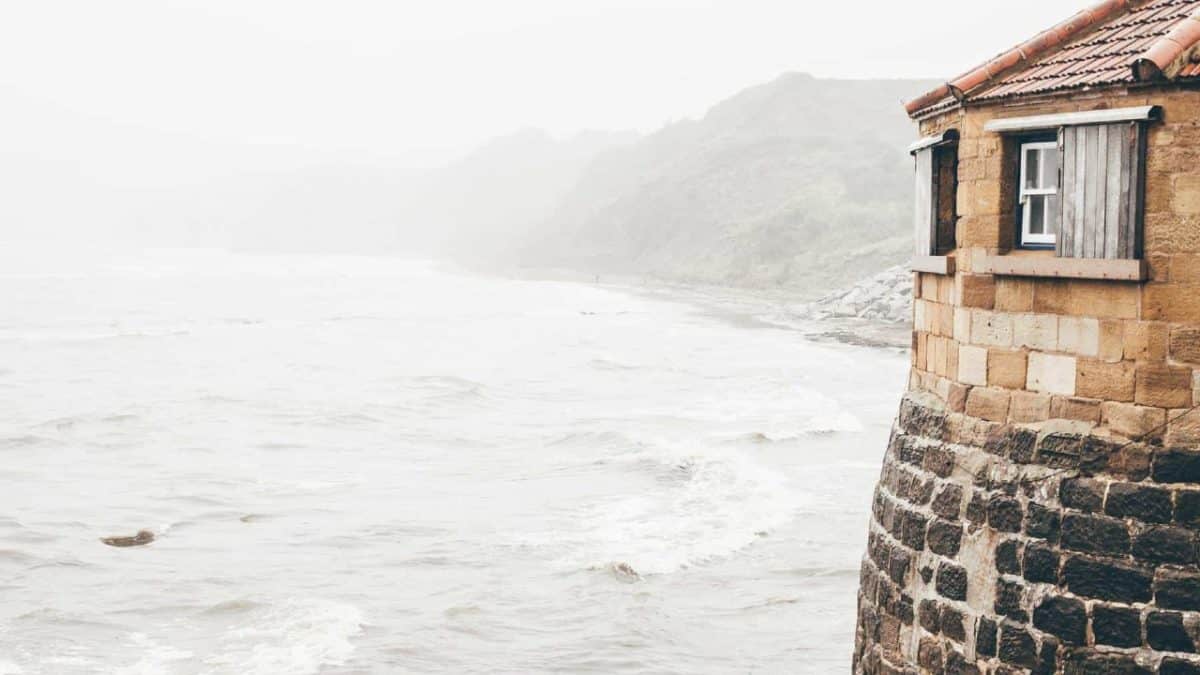
Both the town at the start of the Coast to Coast route (St Bees) and the town at its end (Robin Hood’s Bay) are quite easy to access. A lot of trekkers coming from other countries will fly into Manchester, as that city has an airport that is the closest to St Bees, which is where the route starts.
To get from Manchester to St Bees, you can take the train – St Bee’s railway station receives several trains every day. It takes about 3-4 hours to get from Manchester to St Bees by train and the ticket costs between £20-£60, depending on the time of day and time of year.
The cheapest way to get from Robin Hood’s Bay back to Manchester is by bus. You can take an Arriva bus from Robin Hood’s Bay to Middlesbrough and then take either a National Express or Megabus bus to Manchester. All of this costs about £30 and lasts 5-8 hours.
Accommodation on the Coast to Coast Route
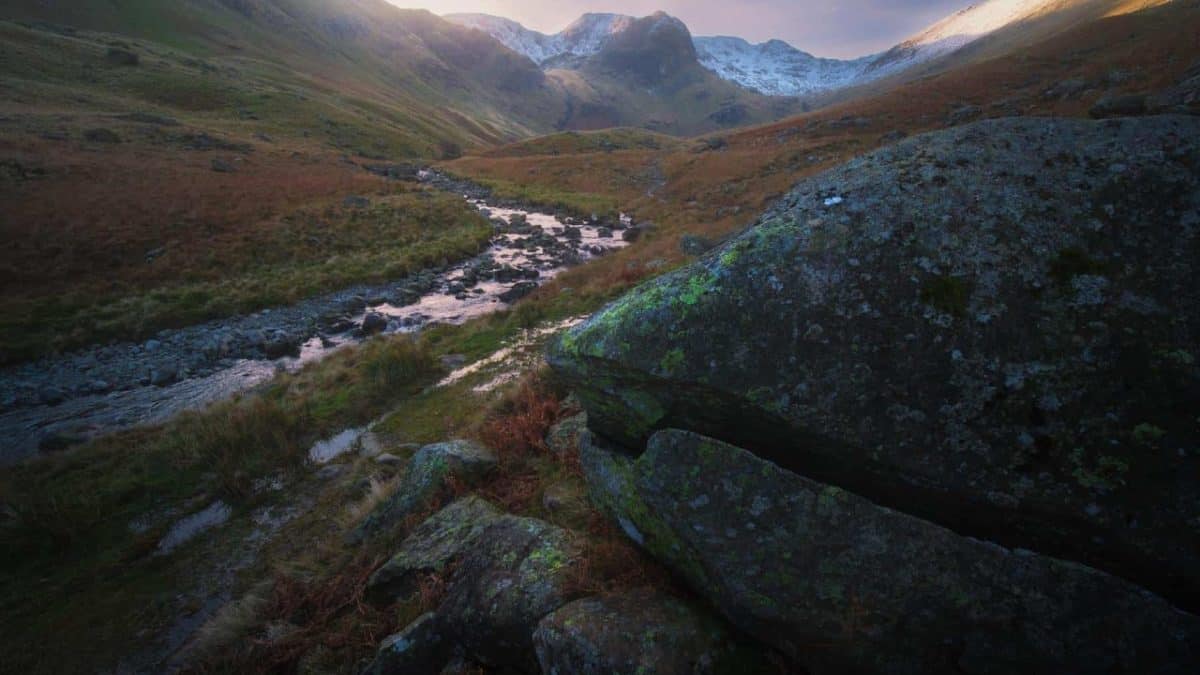
Trekkers of every budget and style will find numerous accommodation options along this route. However, an important thing to mention here is that this trail is quite busy (particularly in the Lake District), so it is of utmost importance to book your lodging in advance.
These are some of our favourite bunkhouses, hostels, and hotels on or near the Coast to Coast route:
- Ennerdale – YHA Ennerdale
- Ennerdale – YHA Black Sail
- Honister – YHA Honister House
- Rosthwaite – YHA Borrowdale
- Borrowdale – Scafell Hotel
- Grasmere – YHA Grasmere Butharlyp Howe
- Grasmere – Thorney How Independent Hostel
- Patterdale – YHA Patterdale
- Patterdale – Shepherd’s Crook Bunkhouse
- Shap – New Ing Lodge
- Kirkby Stephen – Kirkby Stephen Hostel
- Keld – Keld Bunkhouse
- Reeth – Dales Bike Center
- Reeth – Burgoyne Hotel
- Brompton on Swale – Brompton on Swale Bunkbarn
- Robin Hood’s Bay – The Old School House
- Fylingthorpe – YHA Boggle Hole
Camping on the Coast to Coast Route
Camping on the Coast to Coast trail provides a more authentic (as well as budget-friendly) trekking experience. In Northern England, wild camping is not permitted. However, in a few places along the route, you can pitch your tent in a low-profile manner. This is particularly true for the Lakes District section of the trail.
However, even though wild camping is tolerated in some places, we still recommend camping on official campgrounds – these are numerous and range from basic pub gardens to luxurious holiday parks. A vast majority of these provide electronic charging, showers, and toilets.
Here are two posts that can help with wild camping along the route:
What Budget for the Coast to Coast Walk?
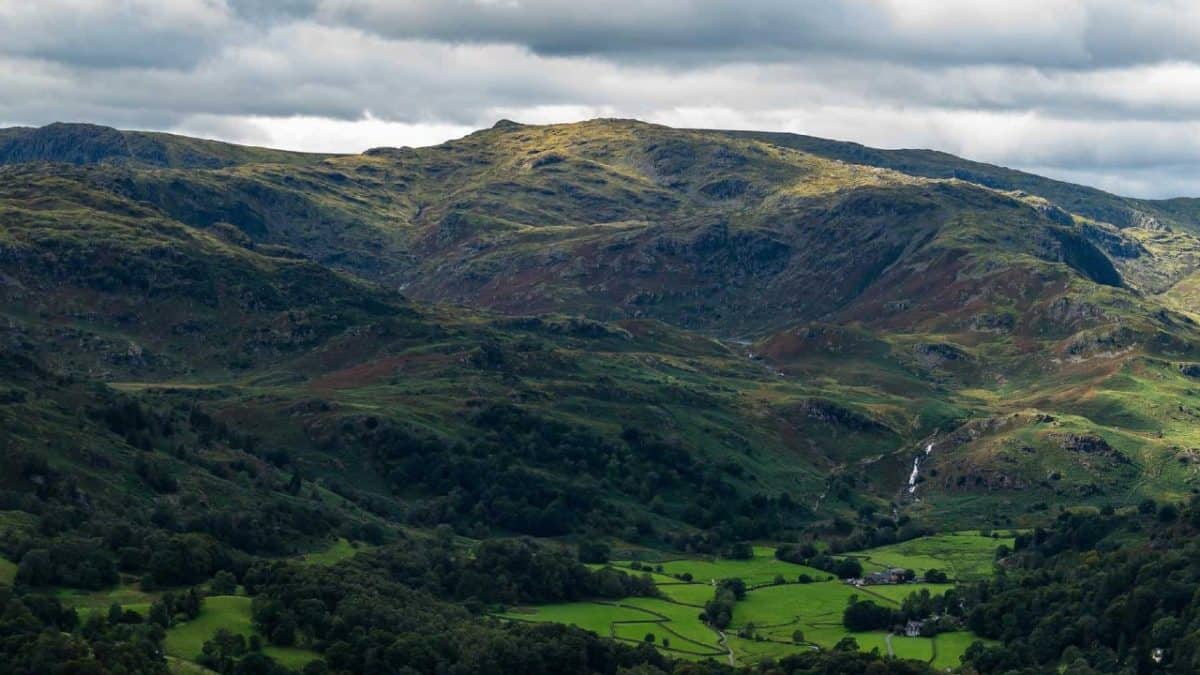
The United Kingdom is expensive – there’s no doubt about that. Those intending to use baggage transfer services and planning to eat and drink in pubs and restaurants, as well as sleep in plush hotels and B&Bs, could easily spend a fortune on their Coast to Coast journey.
Still, walking this route on a small budget is entirely possible and has been done by thousands of trekkers. Obviously, the easiest way to save money on the Coast to Coast trail is by camping along the route and self-catering most meals. Check out our post on where to eat on the Coast to Coast Walk for more information.
What About Weather?
As we’ve already mentioned above, those who decide to walk the Coast to Coast route are bound to encounter a wide range of weather conditions. At some point during your journey, it is almost certainly going to rain. But, it is worth reading the best time to walk the Coast to Coast.
This is why it’s very important to know what to pack for the Coast to Coast walk – good waterproofs are crucial, as they’ll allow you to enjoy Britain’s moist climate to the fullest. However, if there are thunderstorms, torrential rains, or very high winds predicted, you should definitely postpone your journey for a couple of days or weeks.

I love hiking, backpacking, and camping. From the Camino de Santiago to the West Highland Way in Scotland or simply a great day hike on the weekend. Hiking refreshes me, my mind, and keeps my body reasonably fit. So far I have walked three Camino routes and many other long distance hikes in the UK, Canada, and around the rest of Europe. One of the best was my hike up Ben Nevis.

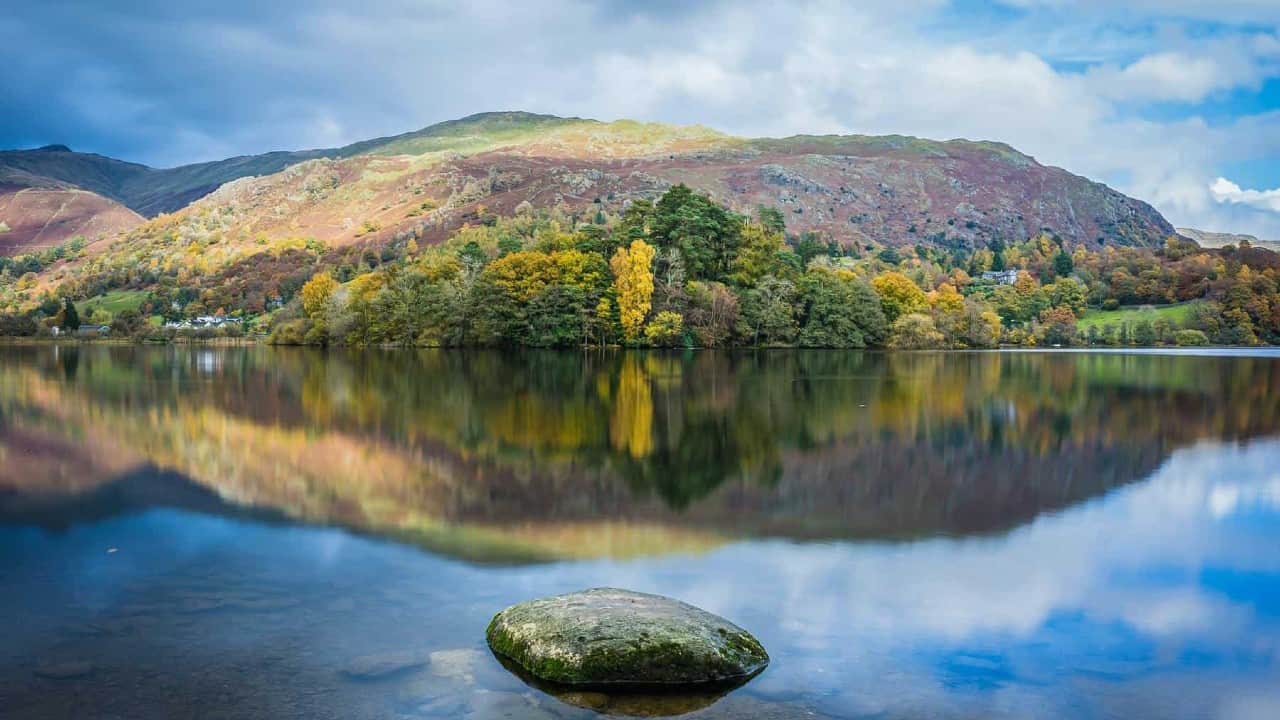
How far in advance do you suggest booking accomodations if we’ll be staying in B&Bs and the like?
As far as you can. These B&Bs can become booked out a month in advance.